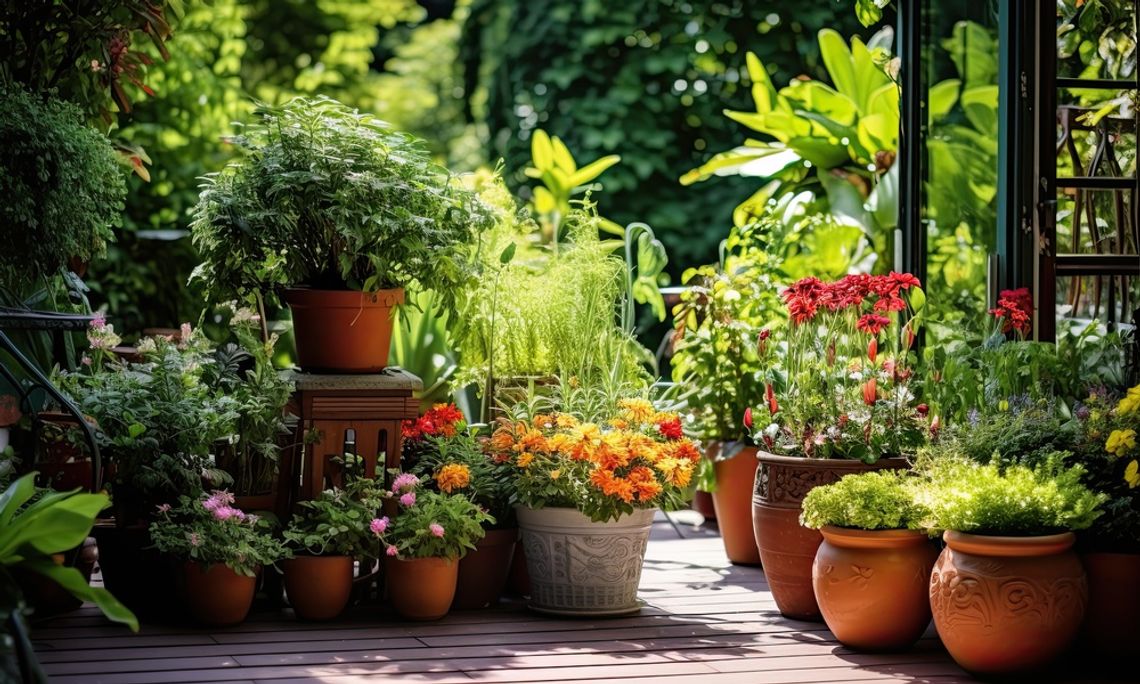Summer can be unforgiving, especially for gardeners and landscapers. With intense heat waves and dry spells, soil can deteriorate quickly without care. This is particularly true in Mississippi, where high humidity and prolonged sun exposure are the norm all summer.
To maintain healthy soil and thriving plants during the summer months, you should be proactive. These four tips for protecting your soil from summer heat will lay the foundation for long-term success.
1. Master Watering Timing and Technique
Keeping soil hydrated isn’t just about how much you water—it also includes how and when you do it. Early morning is the best time to water, giving moisture a chance to soak in before evaporating under the midday sun.
Use deep, infrequent watering to encourage strong root systems. This watering method also helps plants tolerate drought and improves soil structure over time. In Mississippi’s inconsistent summer weather, drip irrigation or soaker hoses provide moisture while preventing the soil from becoming overly saturated.
2. Use Mulch as a Heat Shield
Applying mulch is an easy way to protect soil from intense heat and moisture loss. A two- to three-inch layer regulates soil temperature, retains moisture, and chokes out weeds that compete for nutrients.
Organic mulch options—pine needles, bark, or shredded leaves—break down slowly and enrich the soil. Whether you’re maintaining flower beds or vegetable gardens, mulch acts as a buffer against heat and erosion from summer storms.
3. Taking Care of Heat-Resistant Plants
Selecting heat-tolerant plants makes it easy to maintain soil health. Black-eyed Susan, Coreopsis, and Lantana thrive in the sun and require little water, reducing the strain on your soil.
It’s important to care for your plants, even if they can handle the heat. Weeding preserves soil nutrients and moisture, while checking for pests, such as spider mites or aphids, prevents stress. A proactive routine supports the soil just as much as it does your plants.
4. Monitor Soil Health and Make Seasonal Adjustments
Evaluating your soil during summer can be beneficial, especially in Mississippi, because the soil is clay-heavy. Visual cues, such as cracking, dry patches, or compacted topsoil, can signal that the soil is under stress and may require immediate attention.
Consider soil sampling to get a better understanding of the soil’s condition. Key soil health indicators revealed by sampling, such as pH levels, nutrient availability, and organic matter content, can lead you to more effective soil care strategies. Even if you’re not running tests right away, planning ahead and observing your soil’s condition will help you respond to challenges and set yourself up for success in the future.
Stay Committed to Soil Health Year-Round
Whether you’re working in a backyard garden or managing larger landscaping projects, protecting soil from extreme summer heat requires smart, sustainable choices. Following these four tips can protect your soil from summer heat and make your garden resilient, no matter how high the temperatures climb.
Mississippi gardeners know that summer heat is no joke. With the right approach, your soil and plants can get through it!


Comment
Comments